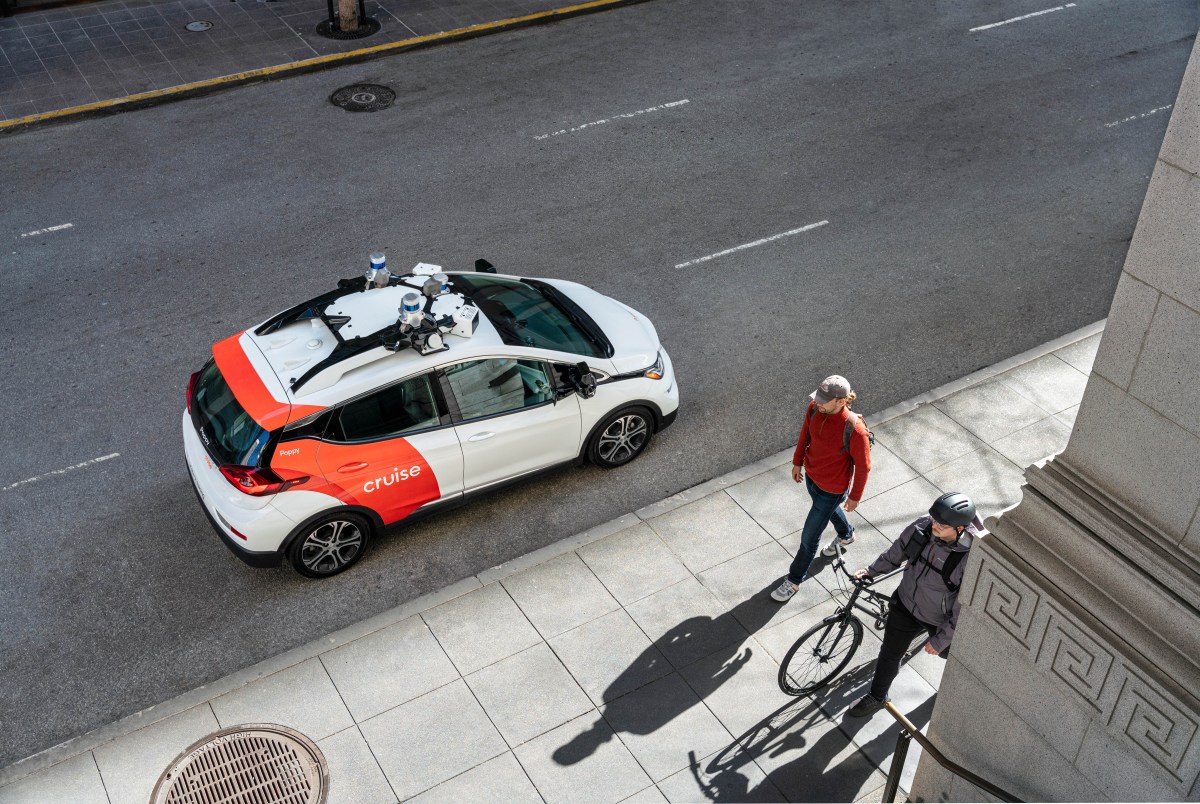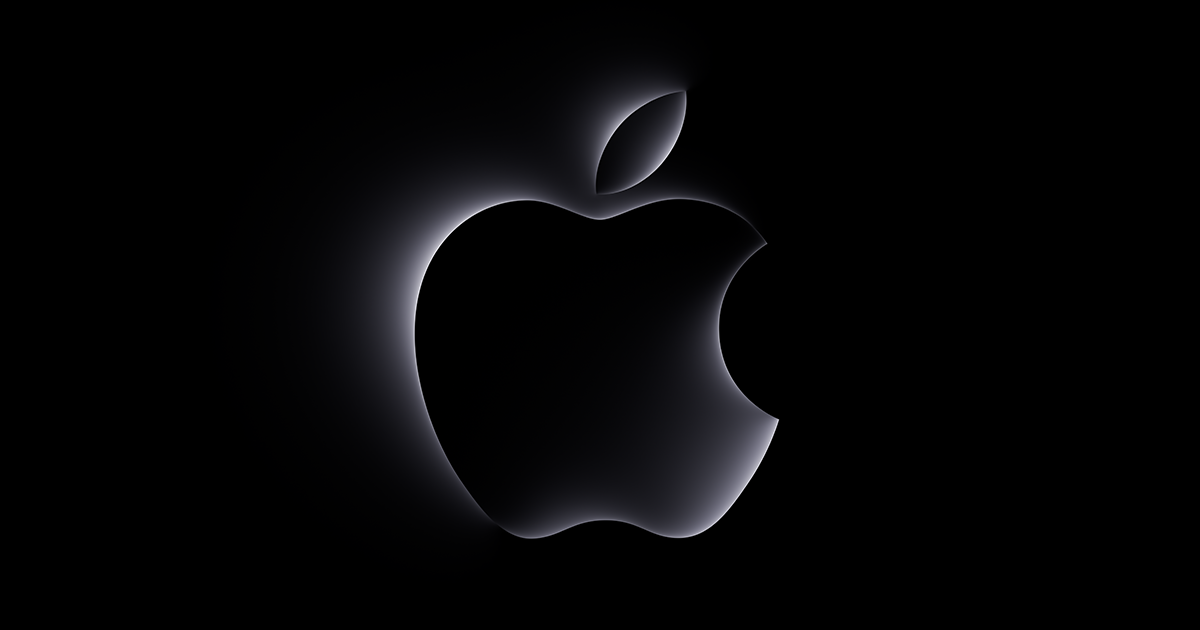Latest Thoughts
-
🧠 Some cities see AirTags as a solution to car theft
Washington, DC, plans to offer free Apple AirTags to make it easier for you to find that stolen car, and they’re not the only city looking for inventive ways to combat car theft. Last week, a Canadian man celebrated finding his stolen car by using Apple’s Find My and AirTags.
Policies like this feel right, but it sets the stage for regulators and/or insurance companies to require location tracking to become standard in cars. The struggle is that while safety is important, it comes at the expense of our privacy.
Once upon a time, a person could move 20 minutes from their house and disappear from existence. Today, my car has GPS tracking, my phone allows family and friends to see me in Find My, and many of our homes and cars have cameras that stream and record footage nearly 24 hours a day.
-
🧠 The Apple Touch Bar sucked
I really really wanted to like the Touch Bar, but it just didn’t work. I value the tactile feel of buttons, which the Touch Bar lacked, but that’s the same argument the crackberry keyboard folks made about the iPhone keyboard.
The Touch Bar didn’t feel better than the buttons. As an example, increasing the volume or display brightness moved from something I could do without looking to requiring me to tap and then intently look as I adjusted the bar with my finger, something that I can adjust on my phone with its button in my pocket. Great concept but it simply didn’t work.
That said, the keyboard remains one of the oldest and least evolved ways we use computers. Today, my keyboard should adapt to the app’s needs, like a tablet or phone updates the keyboard or input to what makes sense for the user. Our computer’s input is ripe for disruption, but the Touch Bar wasn’t it.
-
🧠 Bye bye Mint
I loved Mint and started using it a year before the Intuit acquisition. Loved the app then but it failed to keep up with the times and never evolved into the budgeting app I hoped it would become.
These days, I’m a big fan of CoPilot, and unlike an increasingly large number of apps that get revenue from selling financial data, they seem focused on making revenue from building the best budget product out there. Give them a try, and if you’re not a fan YNAB is my runner up.
-
🧠 Cruise suspends cars
Weeks after my first ride in a Waymo, GM’s Cruise shut down all of its self-driving cars after a human-driven car knocked a person into the robotaxi’s path. The taxi, knowing it was in an accident, pulled over, driving an additional 20 feet with the person pinned beneath the car as it moved.
This accident is a horrible reminder of the challenging and unexpected edge cases humans deal with while driving. As regulations in self-driving evolve, we have to decide how cars should respond and, in some cases, whose lives the car should prioritize. For those who remember 2004’s I, Robot in the movie, a robot saved the main character over a child because its predictive analysis gave him a higher chance of survival. The problem is the logical decision requires doses of emotion – but even then, those decisions might not be correct.
-
🧠 That could have been a press release
Apple put on an uncharacteristic Halloween-themed event to announce new M3 processors that blow any Intel chip out of the water. With it came new iMacs and Macbook Pros, all sporting these amazingly fast chips, but at the same time physically identical to their predecessors. The new chips are a technological advancement that should be celebrated, but somehow, it feels formulaic and unexciting.
The MacBook Pro now supports much more powerful M3, M3 Pro, and M3 Ultra chips that all continue to support mind-blowing battery life, and the iMacs get a speed boost. Weirdly, the accessories have not been updated to support USB-C, and the super powerhouse Mac Studio and Mac have to wait to see a speed bump.
The whole event felt like Apple could have issued a press release with a few videos.
-
🧠 Hertz regrets its EV investment
Hertz made a huge bet on EVs planning to buy 100,000 Teslas all with lower routine maintenance costs. The problem is maintenance costs might be lower, but repair costs after accidents have come in substantially higher than expected. Several EV owners have found themselves flabbergasted at 20k repair bills, especially when the car’s batteries or destroyed or require repair.
Customers are also still unsure where to charge the things, leading to the EV rental car surprise.
As an EV owner, I love the thing and know it’s without question the future, but at the moment the vehicles are becoming available faster than the infrastructure to support them.
-
🧠 EVs just aren’t working?
The news on EV issues over the last two weeks has been pretty negative, with several prominent car executives admitting that sales haven’t been there. Cost is a huge part of that, with the average EV cost coming in at 54k (down from 65k in 2022), well above what most families are willing to spend. EV first adopters who can afford it leaped, leaving us with an oversupply tied to a skeptical consumer base wondering why they should pay more for an EV.
EVs are the future, but it’s hard to see how the offer is compelling to the everyday customer when the charging infrastructure does not exist, urban environments haven’t adapted, and range anxiety continues to be a real problem. Change is coming, but much more investment in our infrastructure must happen first.
The second issue is cost. These cars are way too expensive, and sadly, the focus continues to move from affordable everyday EVS to massive luxury vehicles with giant price tags that inflation has not helped.
-
🧠 ChatGPT is not the only game in town
Anthropic’s Claude 2 continues to impress, and I’m not the only person taking notice of a Large Langauge Model (LLM). Google just invested 500 million, promising to inject up to 2 billion, just weeks after Amazon offered to invest up to 4 billion. Do yourself a favor and give Claude a try.
-
📺 AI in Action: Healthcare | Panel Discussion Highlights
-
📺 AI in Action: Utilities interview with Gerald Butler
-
📺 Apple Wanderlust Event Recap 2024
Did you skip the Apple Wanderlust event on Tuesday? No worries, I’ve got you covered! Join me as I sit down with our Director of Mobile Engineering, Rob Koch, to unpack all the exciting announcements. From the new Apple Watch to Beta testing iOS 17, we’ve got it all covered. Grab a drink, and let’s dive in!

/cdn.vox-cdn.com/uploads/chorus_asset/file/7365005/appletouchbar.0.png)


